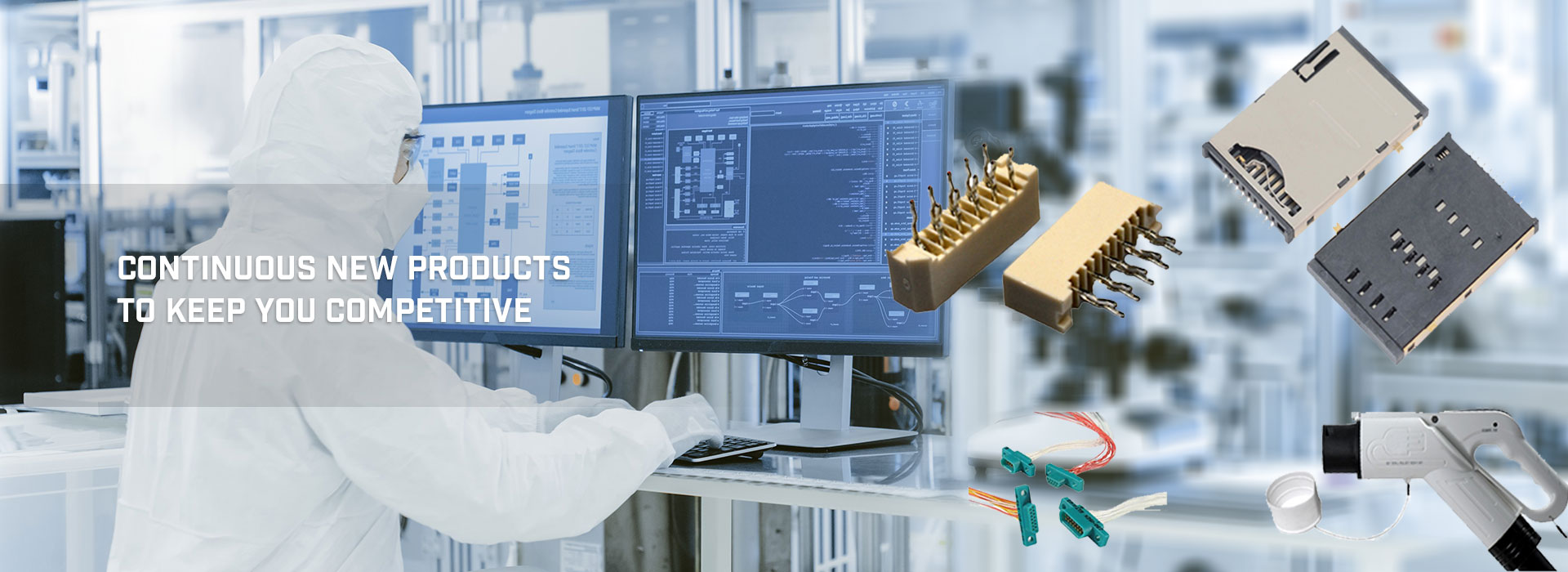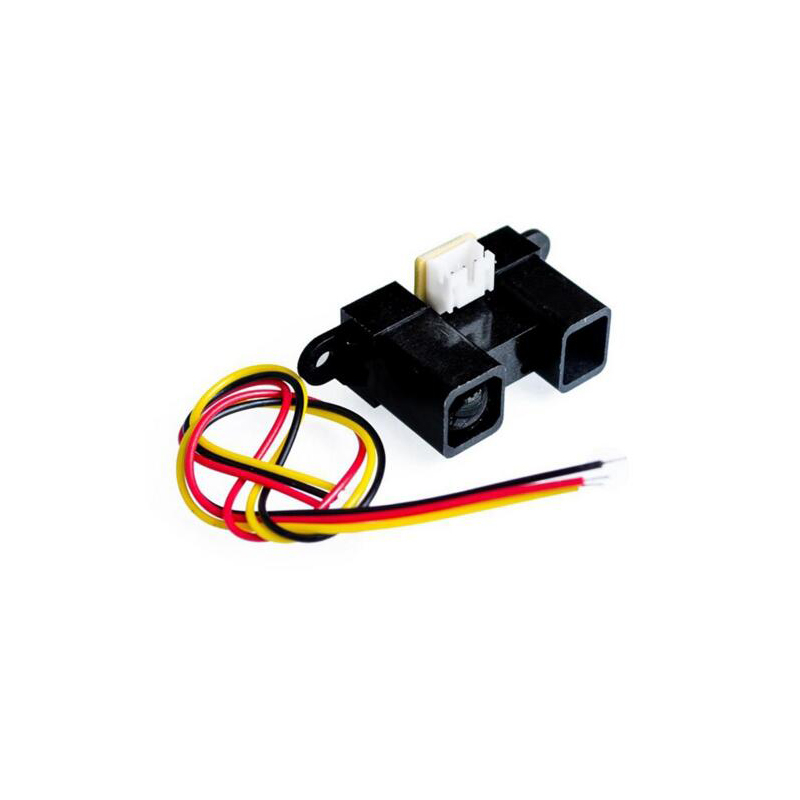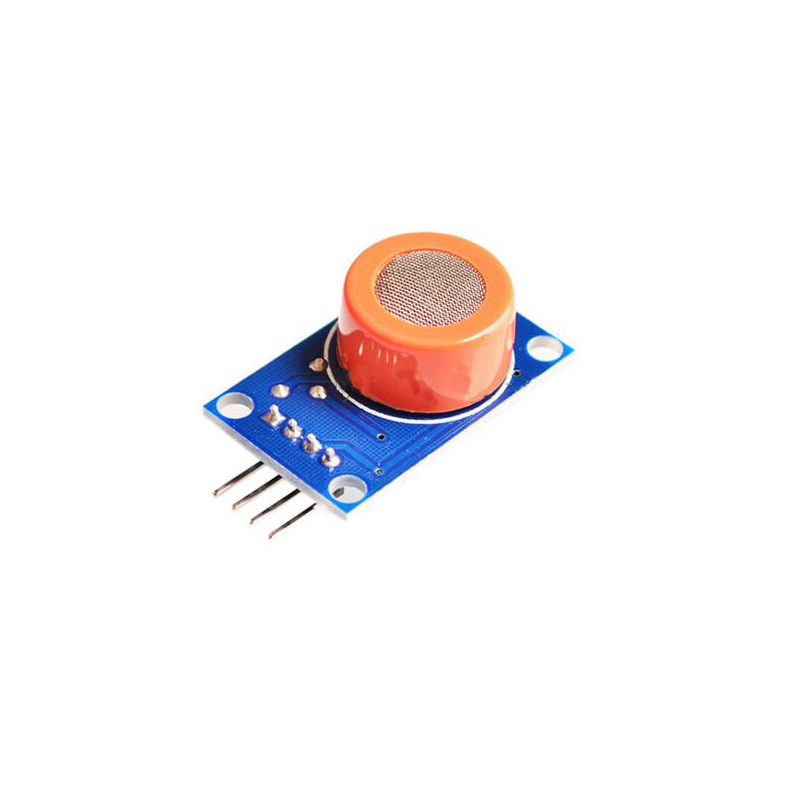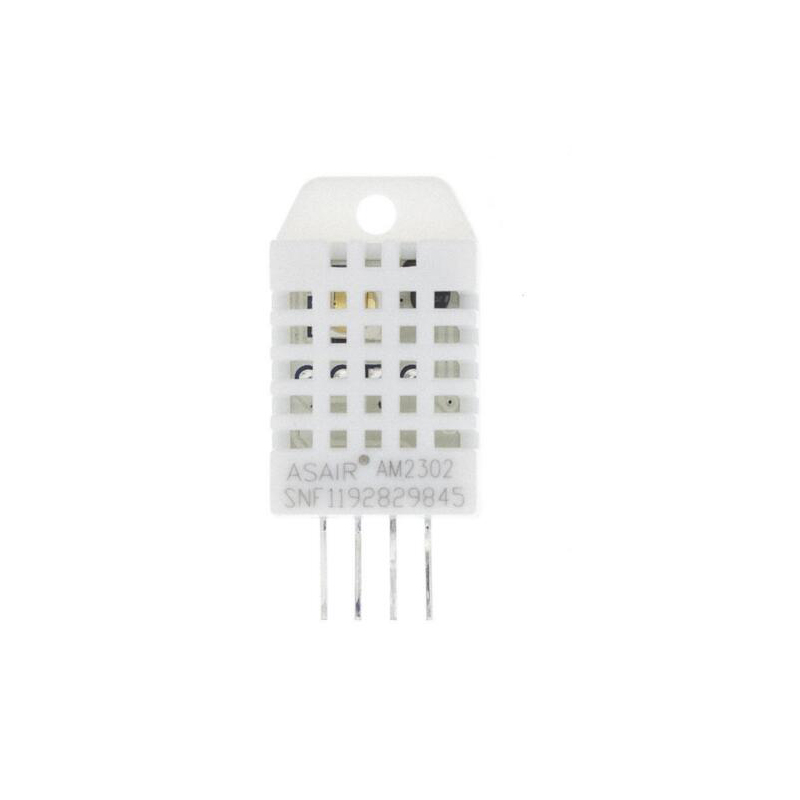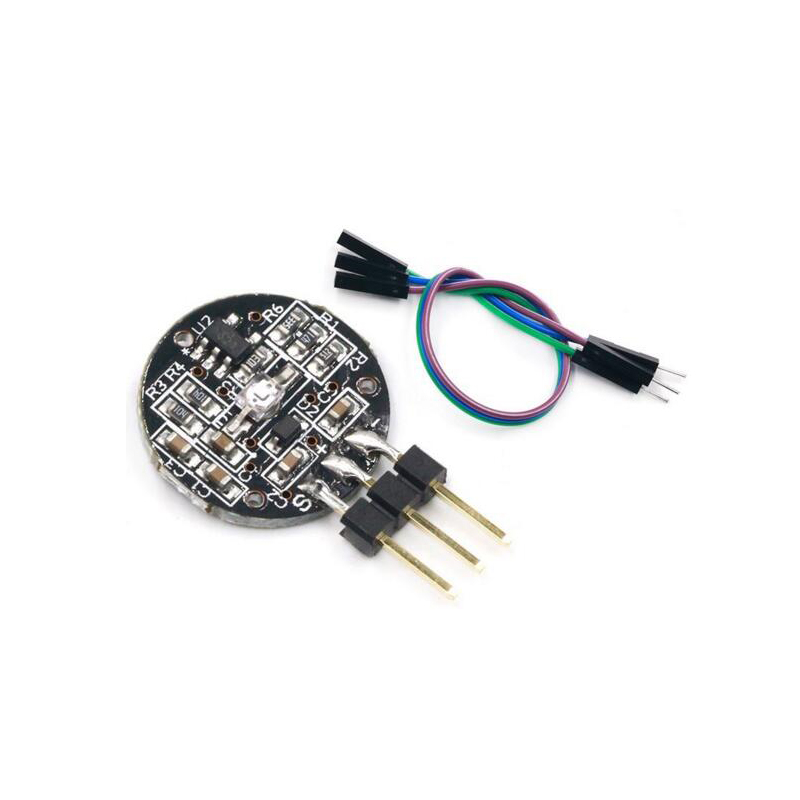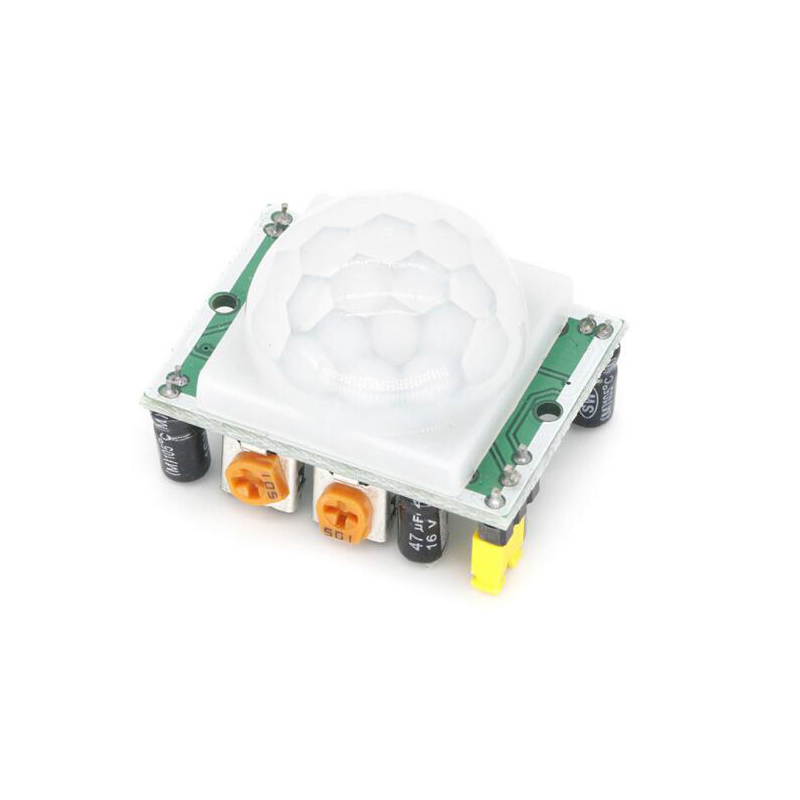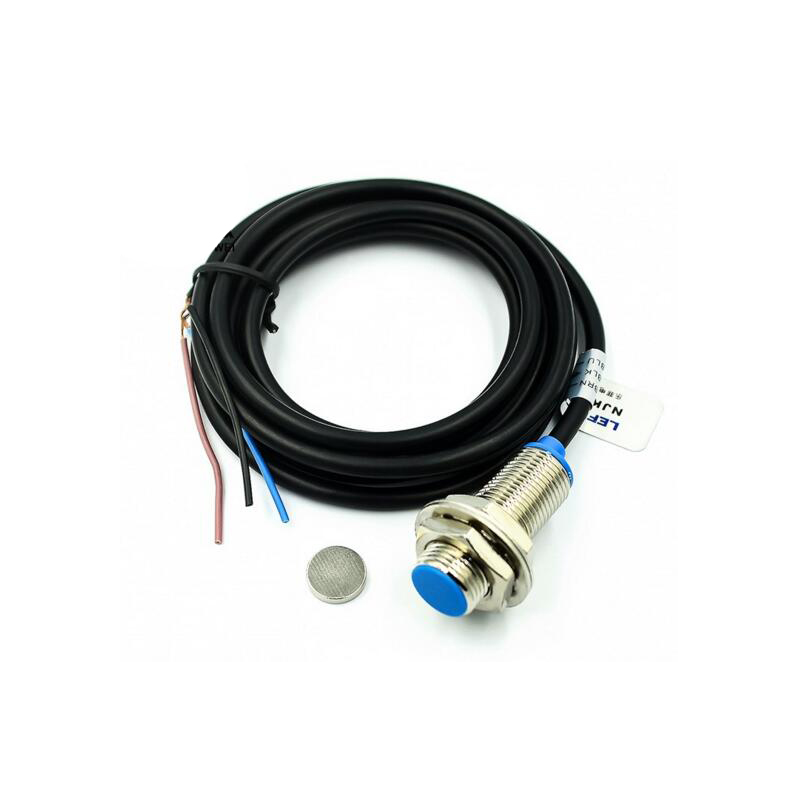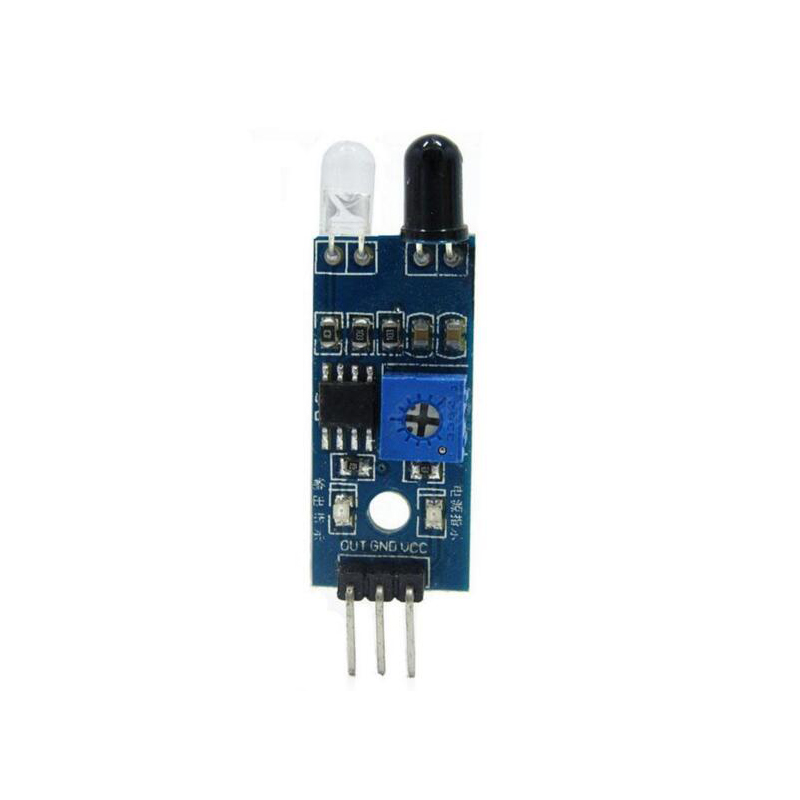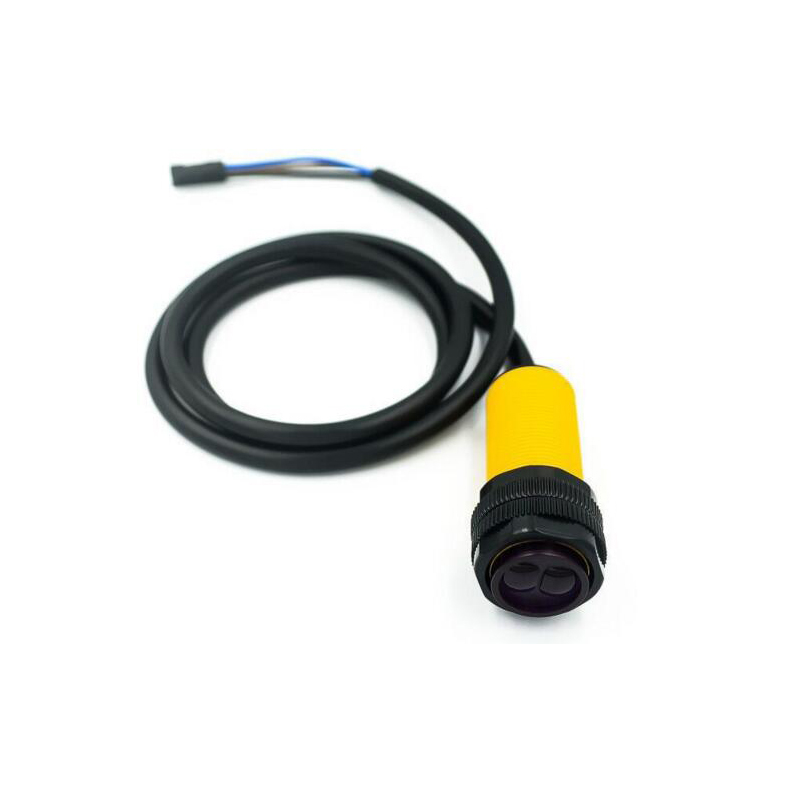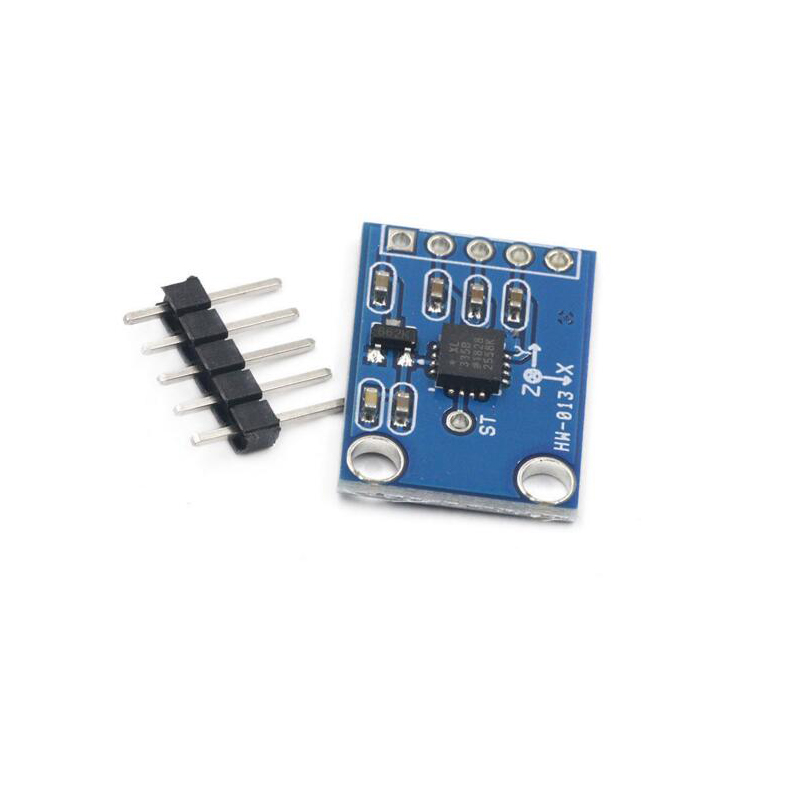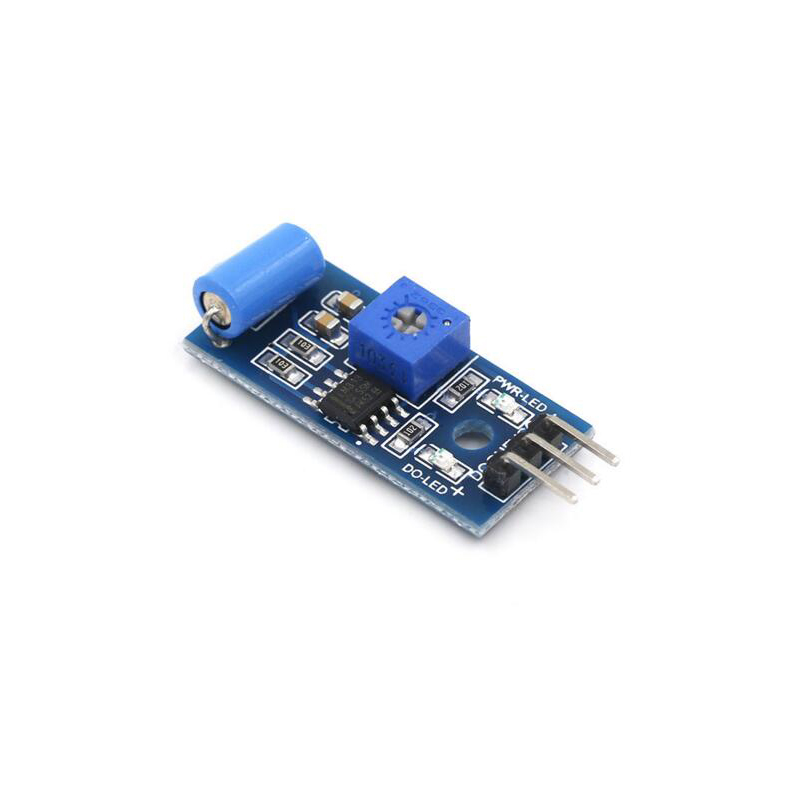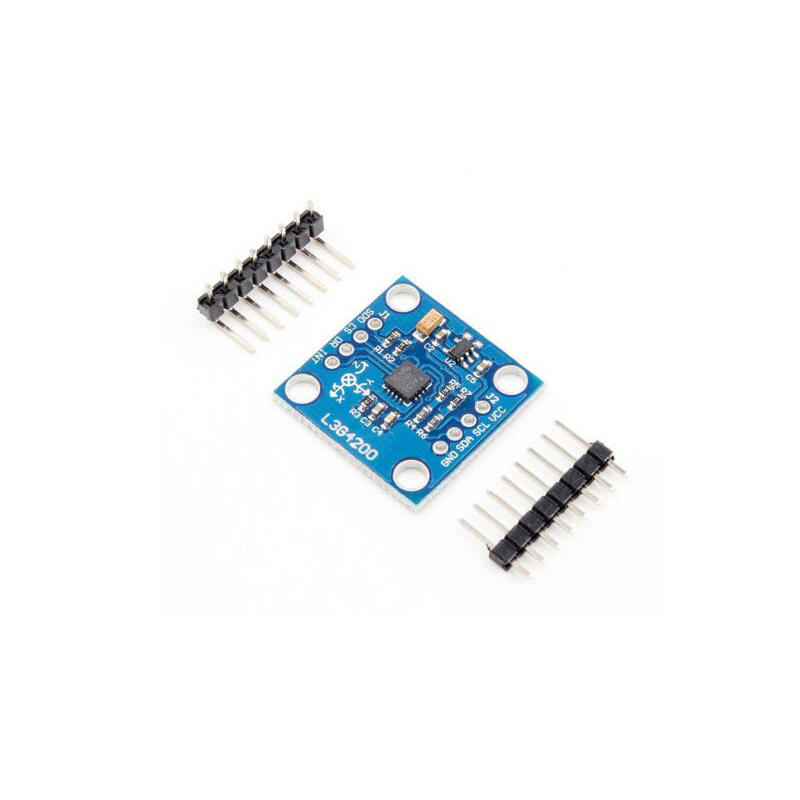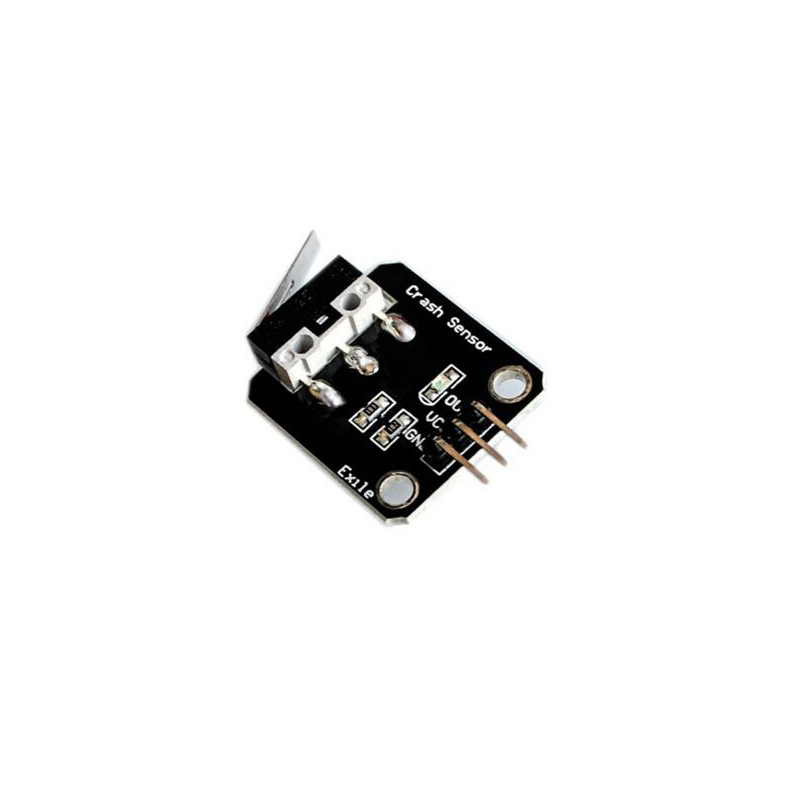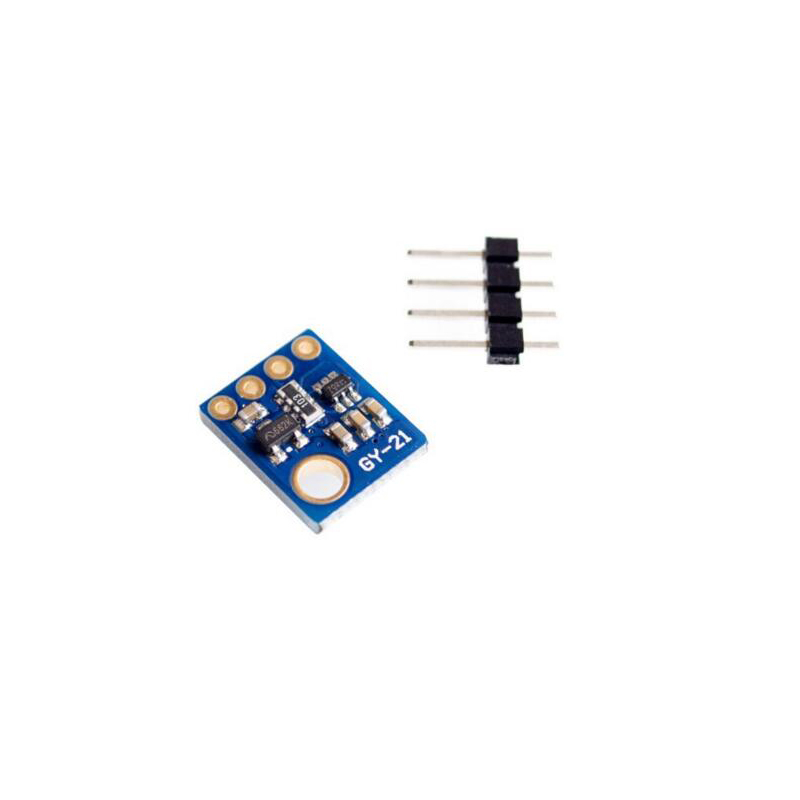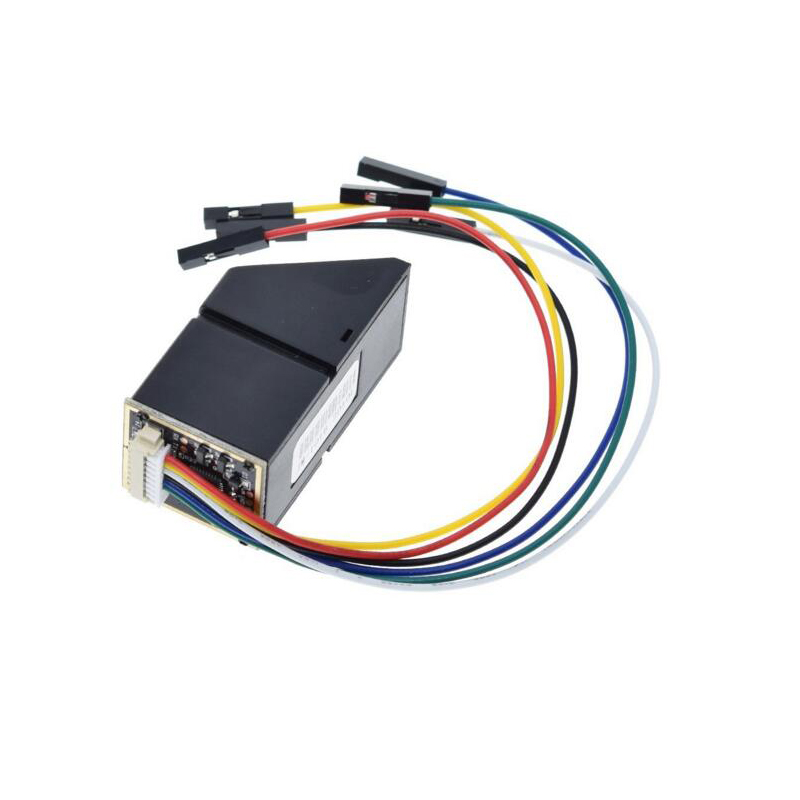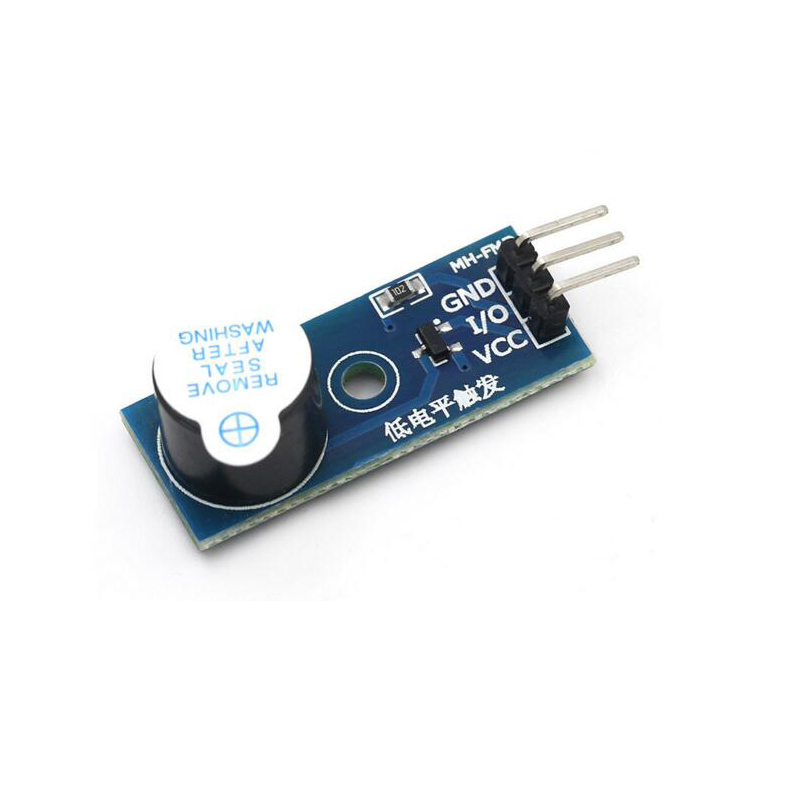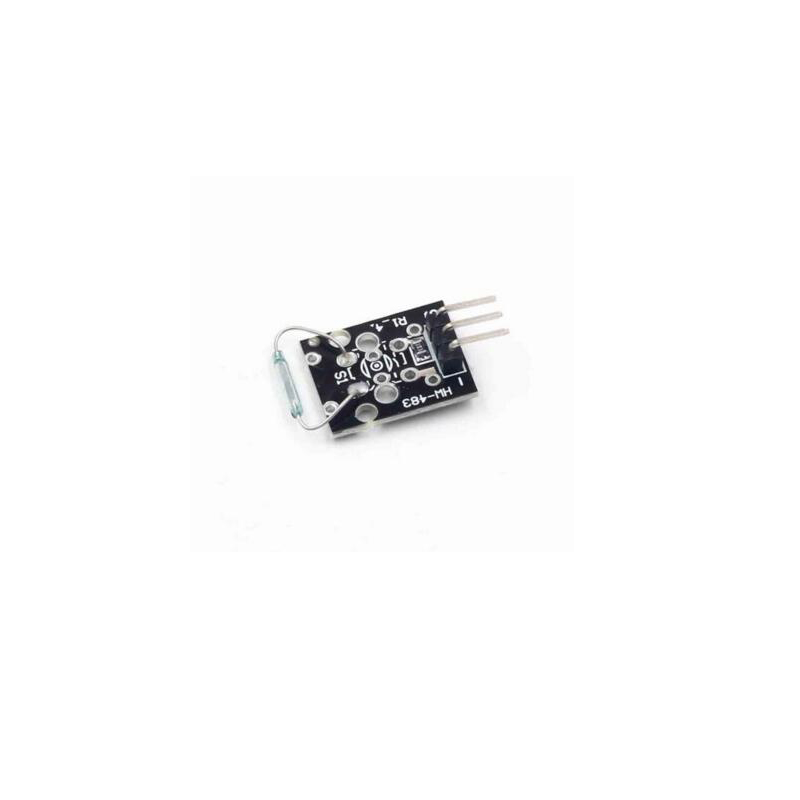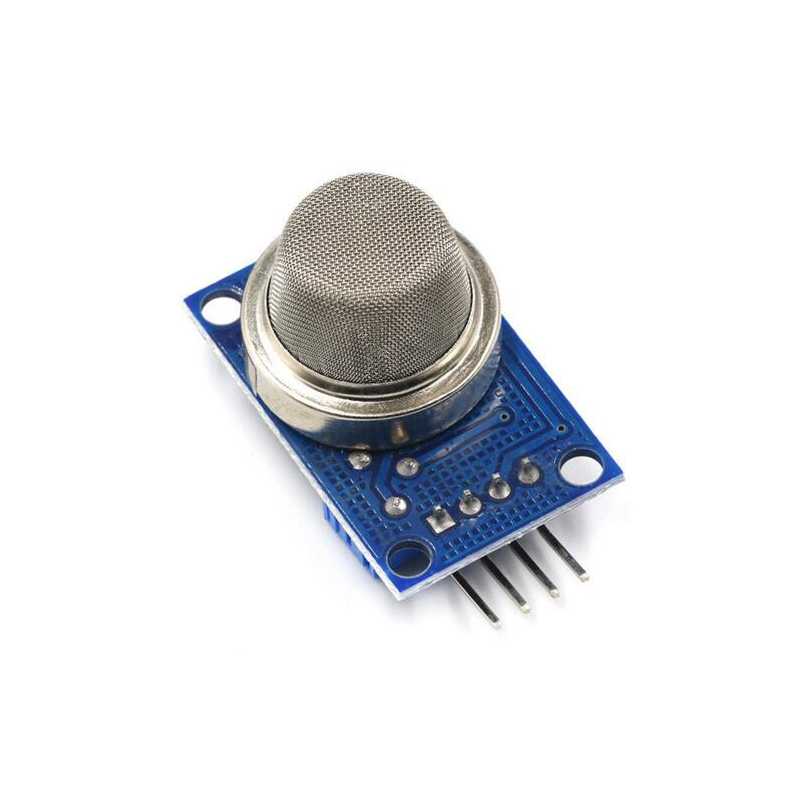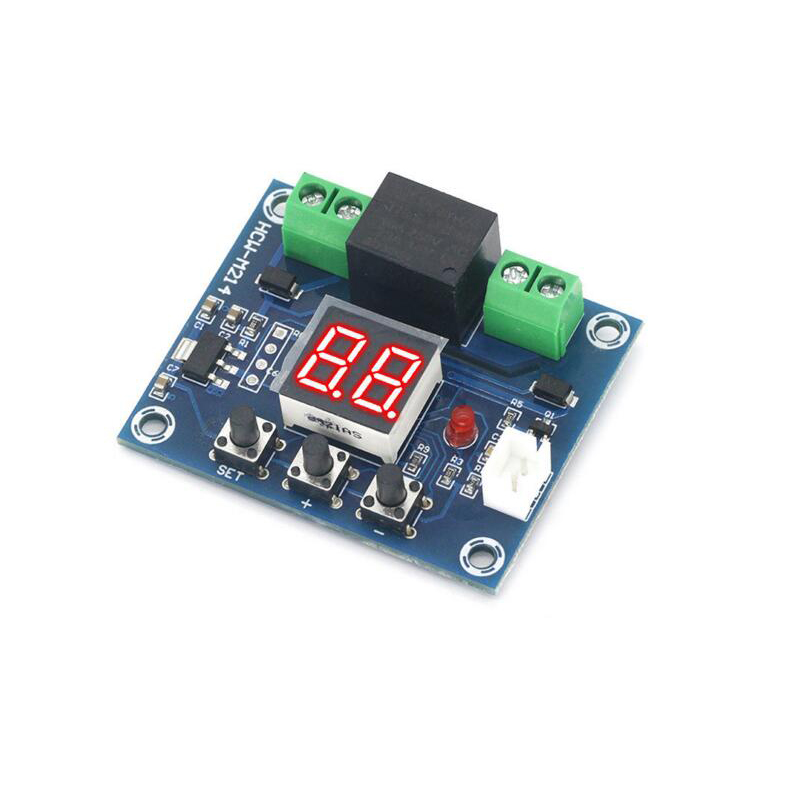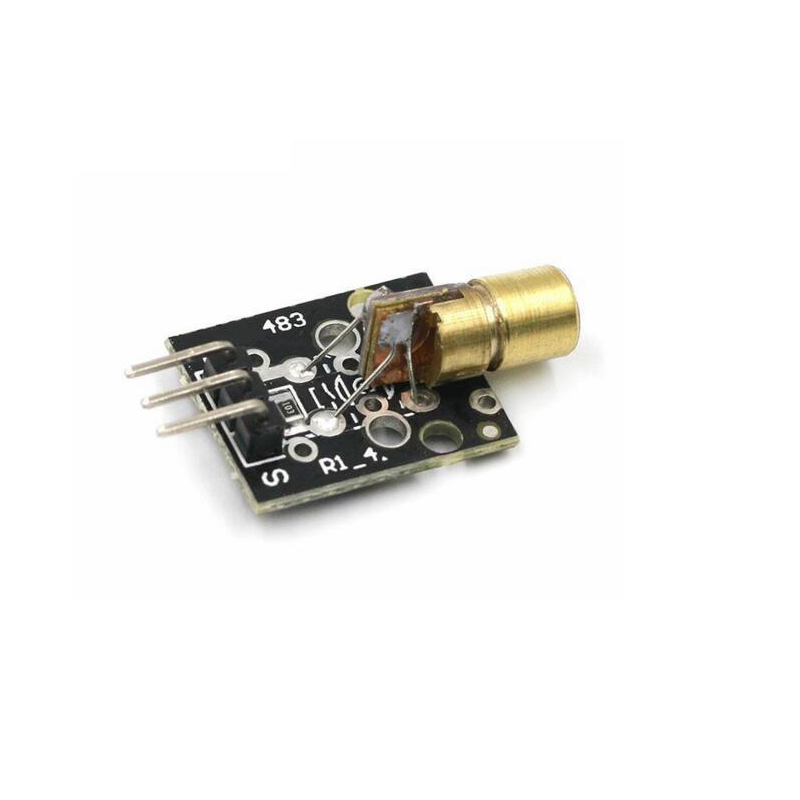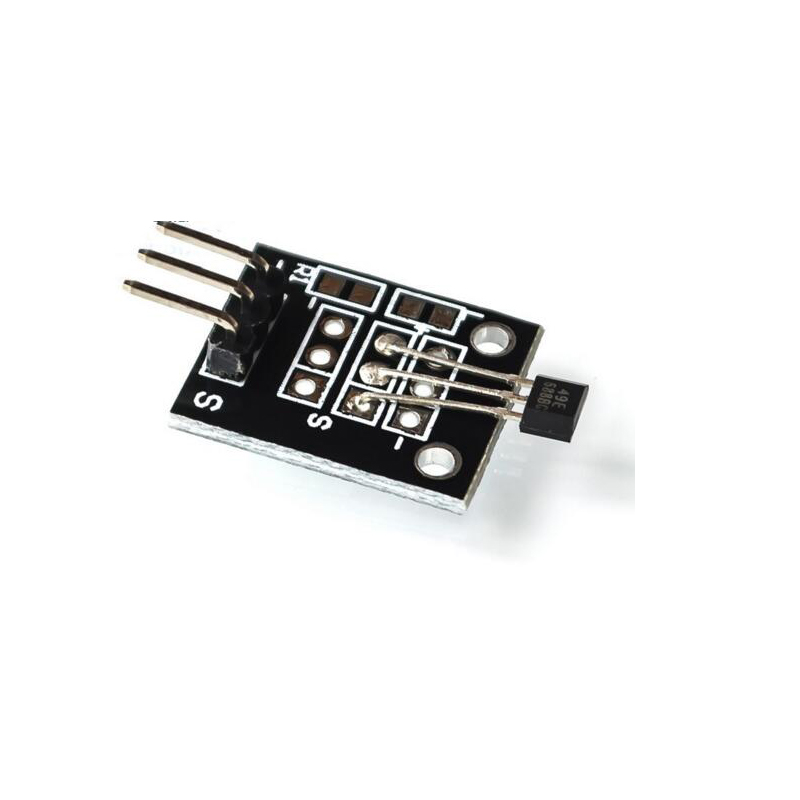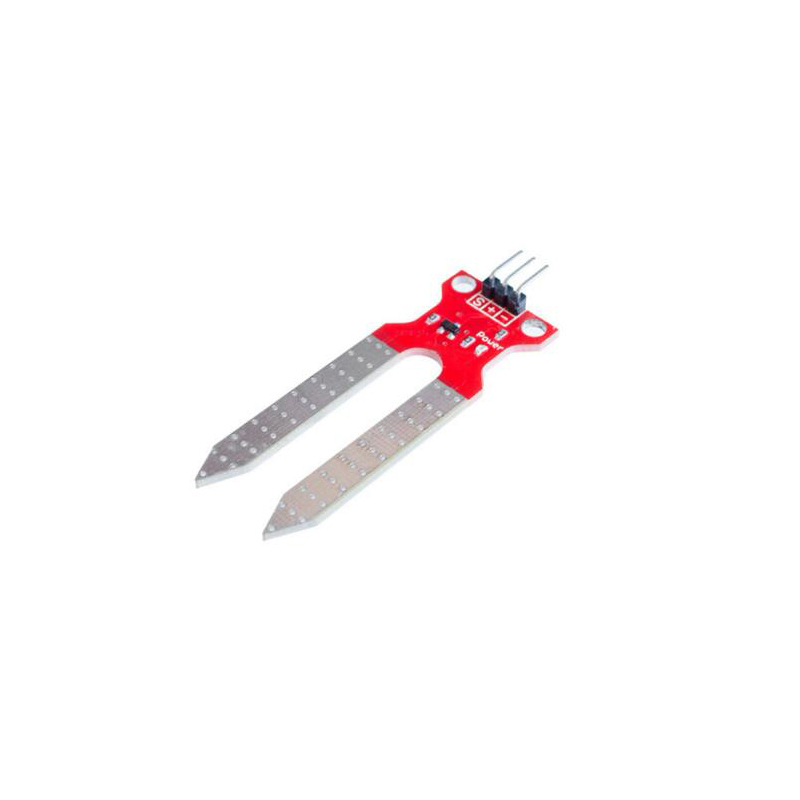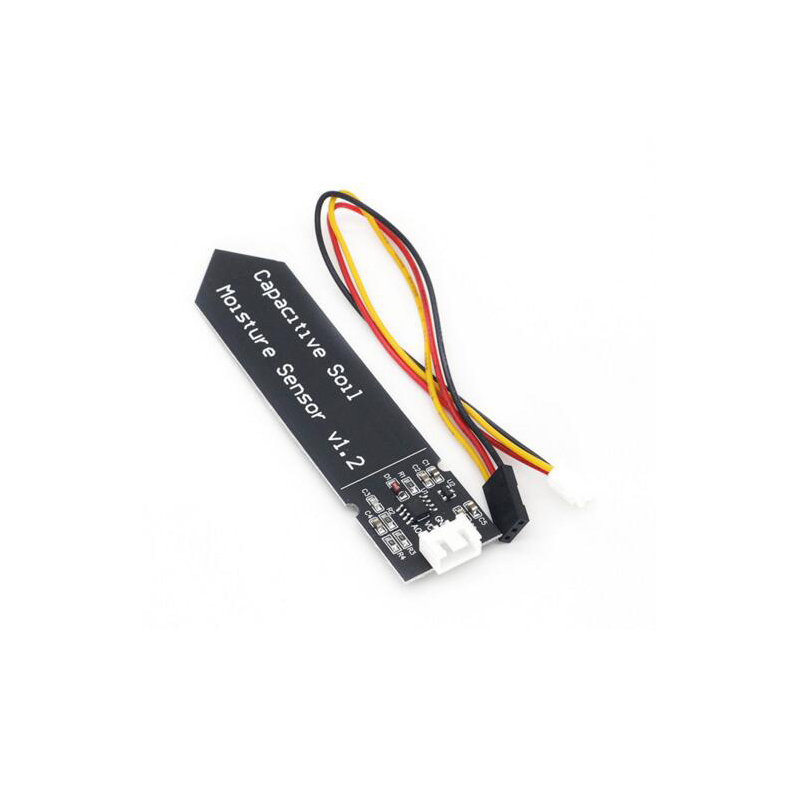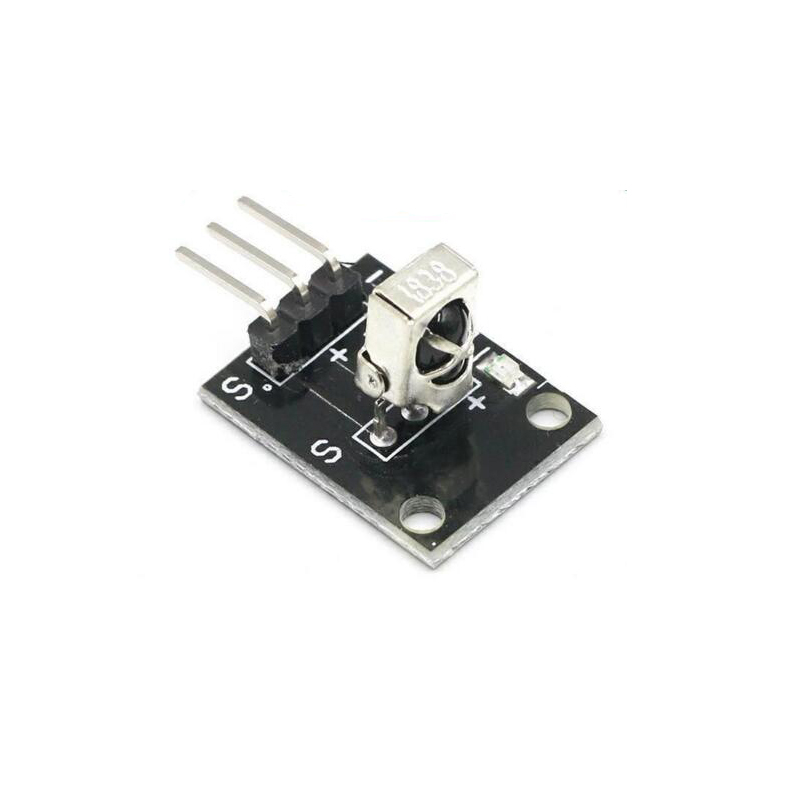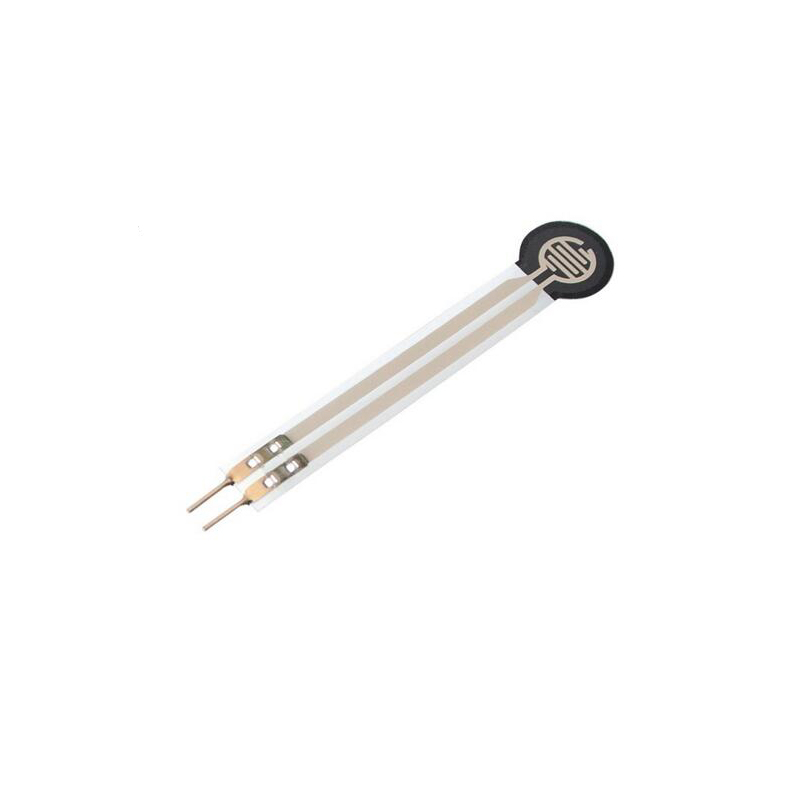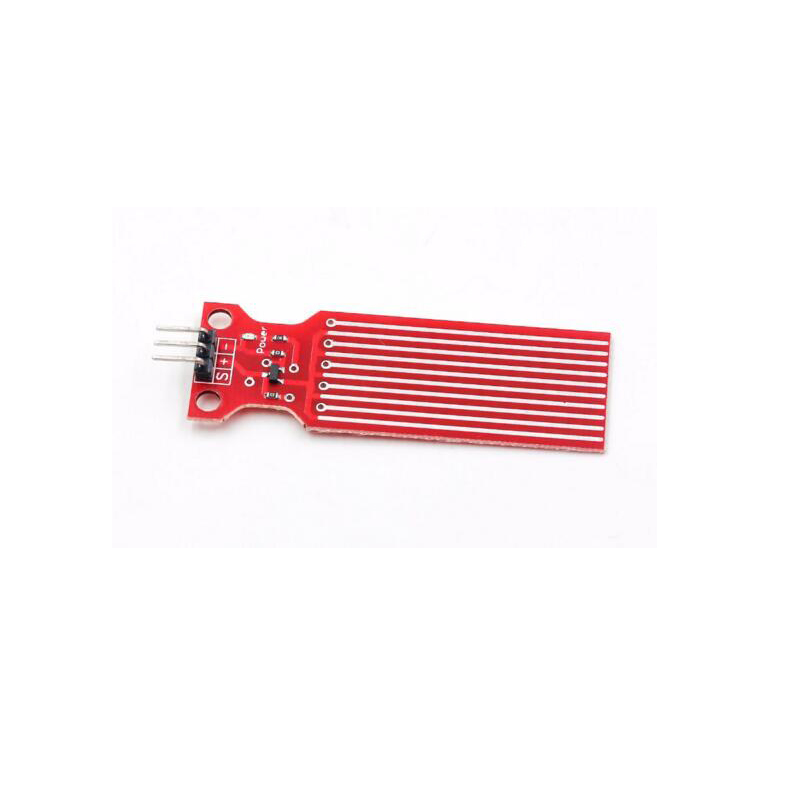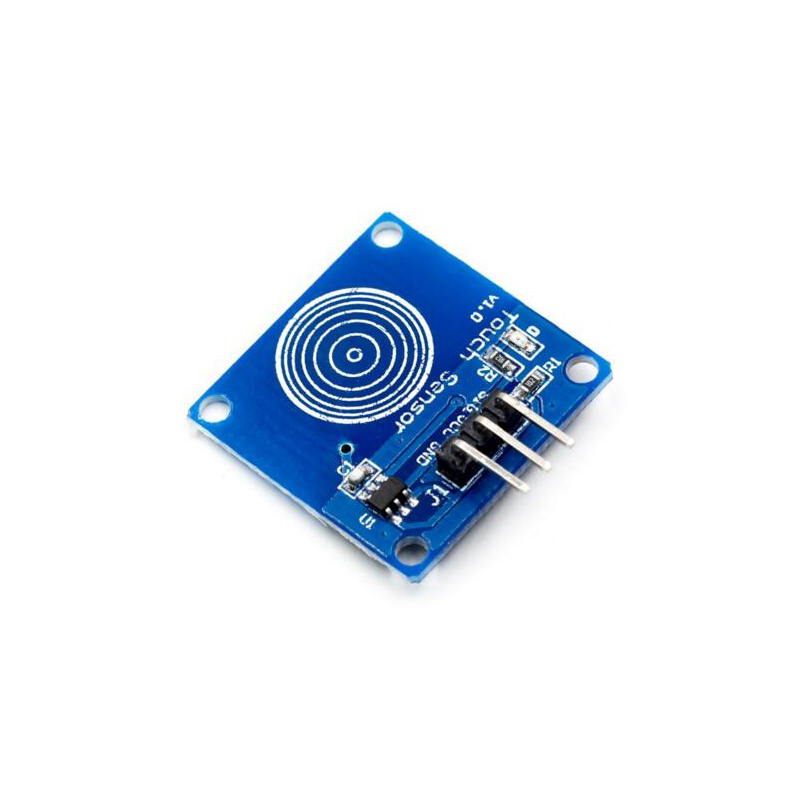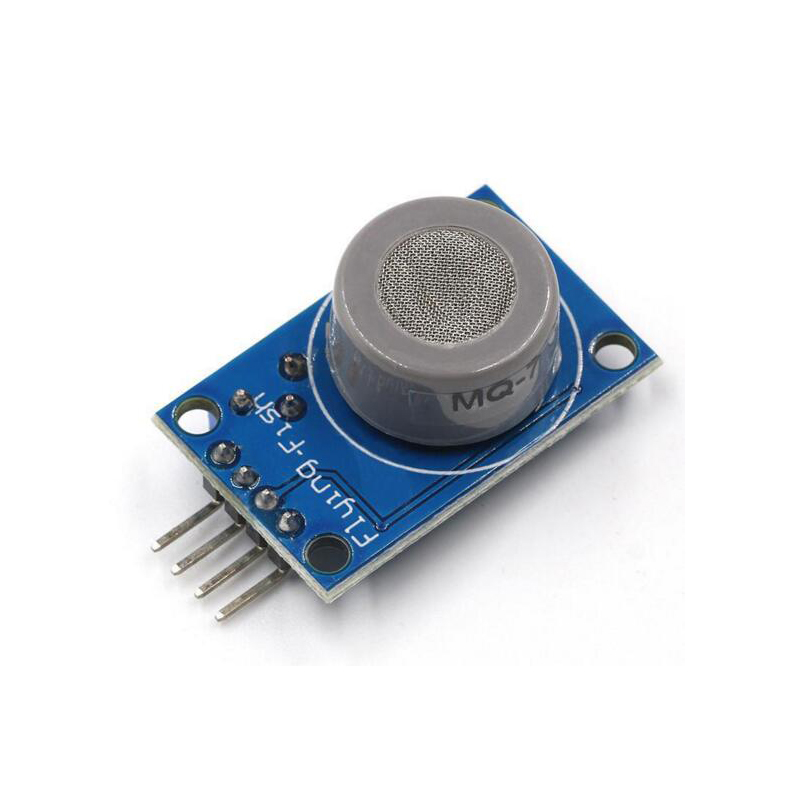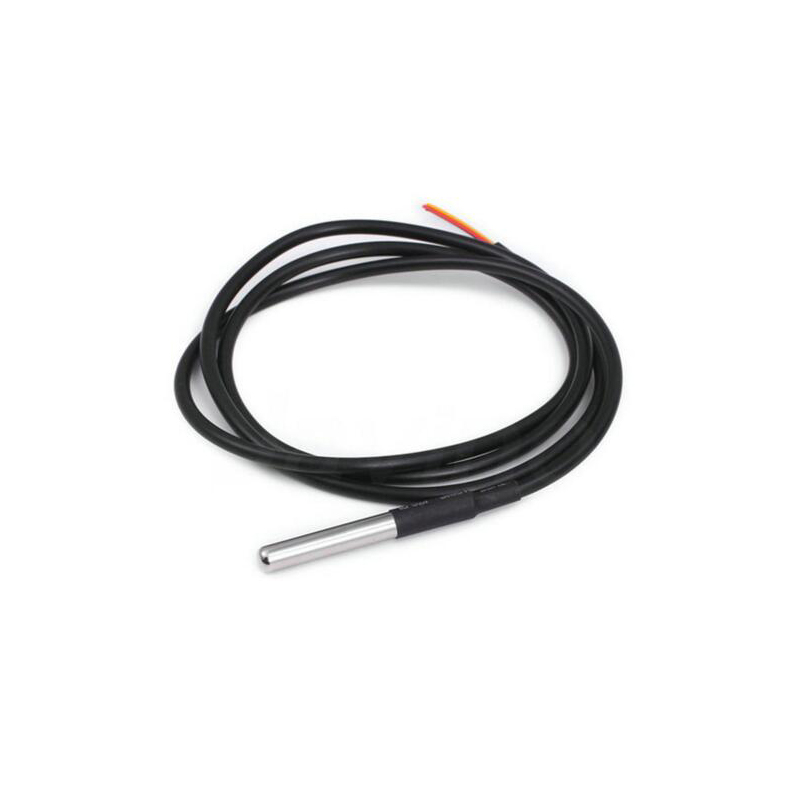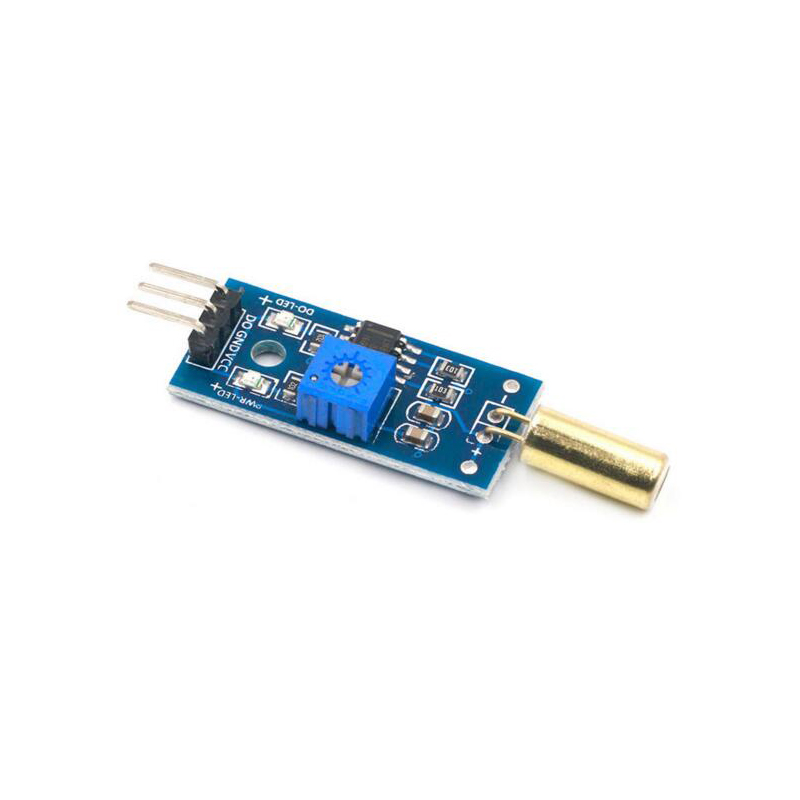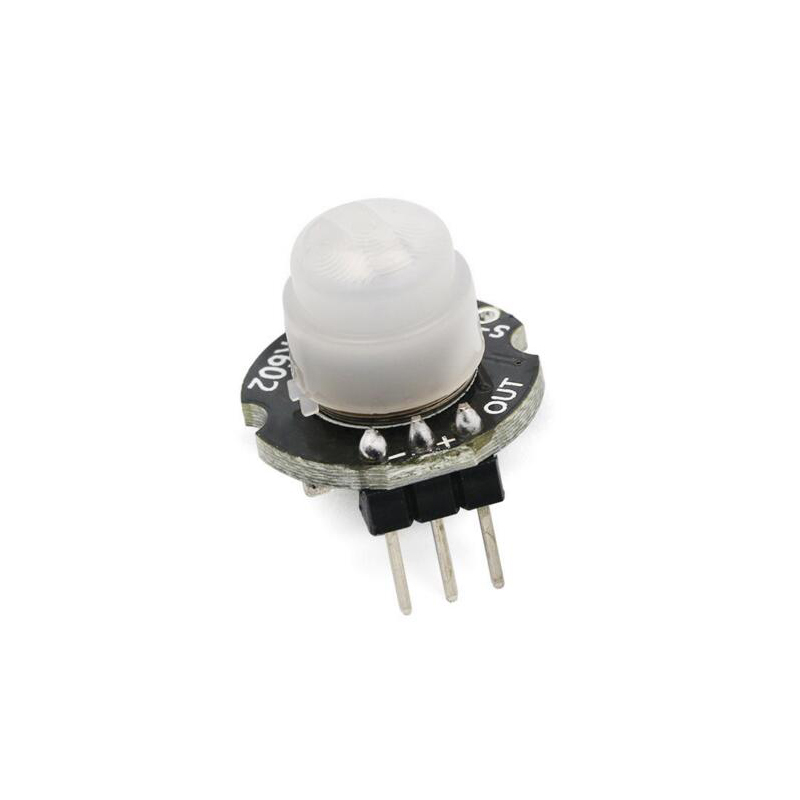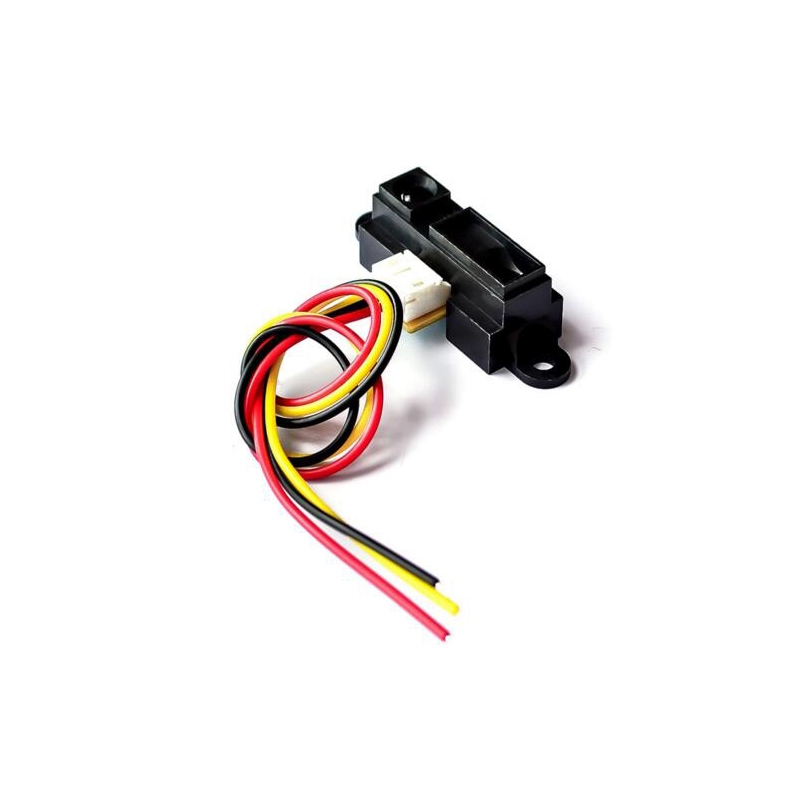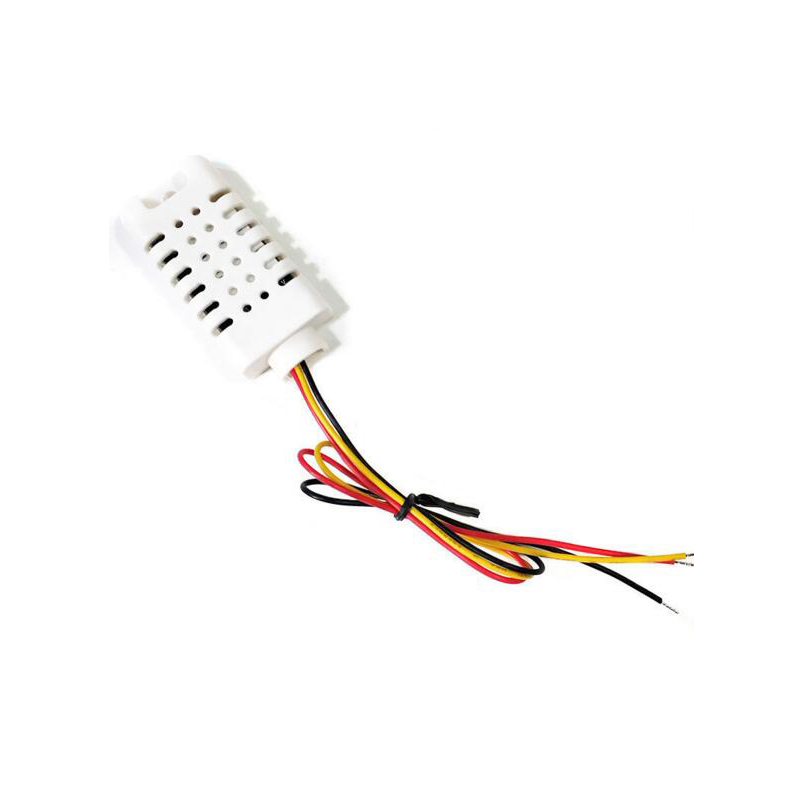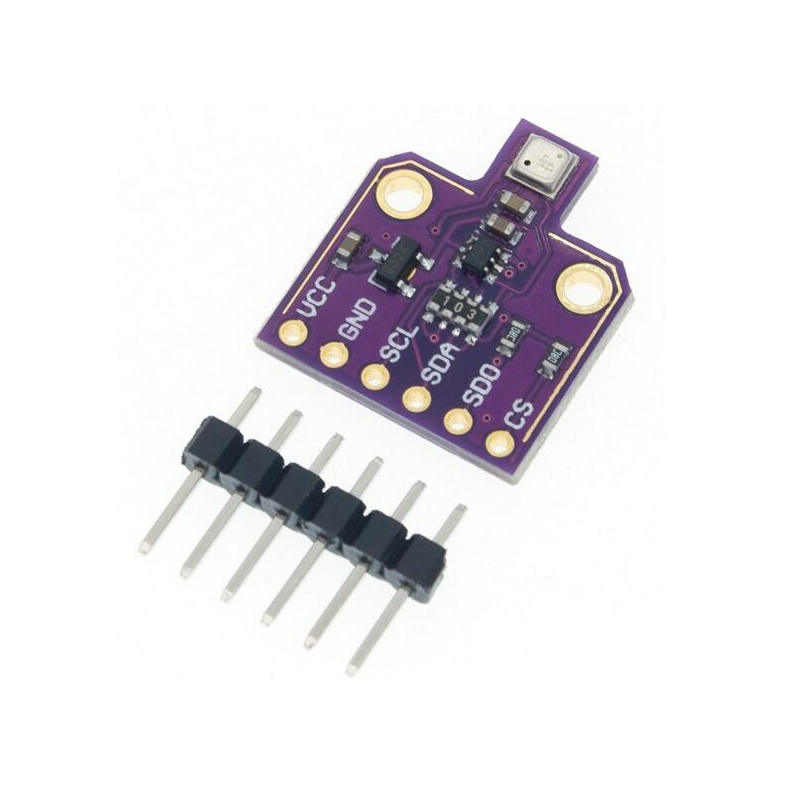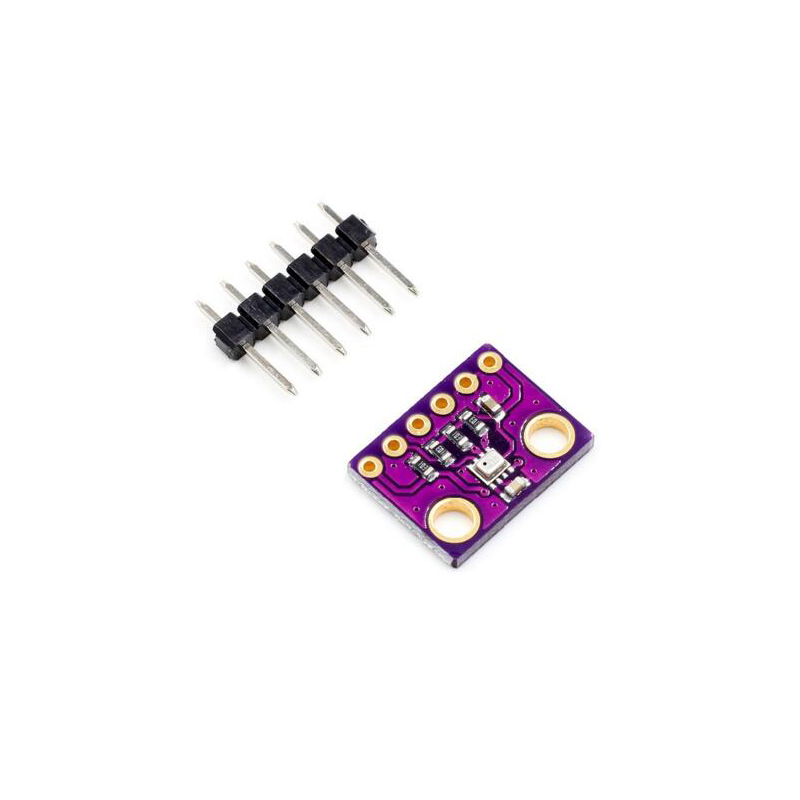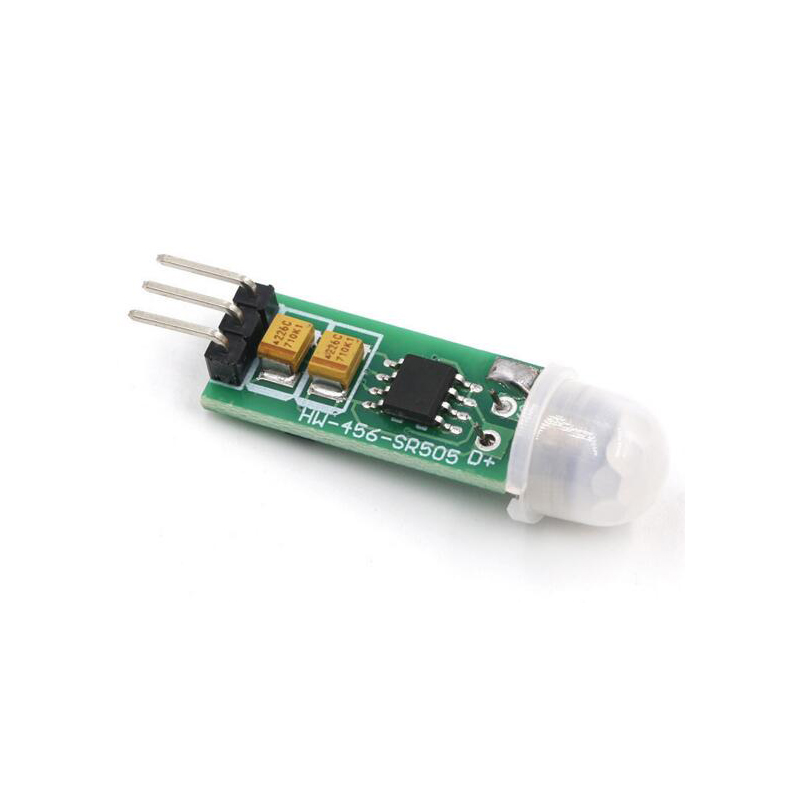About Arduino sensor:
To give full play to the role of Arduino, we must use one or more components to work with Arduino board. Otherwise, we cannot use Arduino to interact with the world around us and enjoy the fun brought by interaction.
Components are generally divided into three categories:
1. Input devices, such as buttons, switches and various sensors
2. Processor: such as MCU, CPU, DSP, GPU, etc
3. Output devices (or actuators), control circuits output voltage and current to these devices, which are converted into sound, light, magnetism and various movements that we can perceive.
This blog post will focus on the detailed introduction of sensors. This introduction will not be analyzed in depth from the principle. This is what college textbooks do. Here we will introduce the sensor from the simple principle and the perceptual level.
The commonness of the sensor is that it can respond to the changes of the surrounding environment, such as temperature, sound, light (including infrared), distance, pressure, gravity, attitude, magnetic field, smoke and dust, that is to say, it can turn the changes of the surrounding environment into electrical signal output. Because of them, we can adjust the working state of the equipment according to the signals output by these sensors, so as to interact with the environment and the world.
If we have purchased Arduino board, maybe the merchant will pack and send you many sensors when we buy it, or maybe you just buy an Arduino board, then we can't be satisfied with lighting an LED with it. We have to connect our Arduino with some sensors to interact with people, the environment and even the world, So what kind of sensors do you use and how do you connect them? I'm afraid this is a tricky thing for most novices.
Here, according to the function and purpose of the sensor, we roughly divide the sensors that Arduino can use into five types. Of course, in the process of classification and introduction, we will also compare the same type of sensors, analyze their advantages and disadvantages, and see which sensor is more suitable for specific occasions.
1〠Temperature sensor
Seeing this name, we should be able to have a general understanding. The temperature sensor is actually a sensor that detects temperature changes. For devices that rely on temperature signals, temperature sensors are a key device, such as our common gardening system and greenhouse system, because their opening or closing depends on the temperature.
Thermostat
Thermostat is one of the most common temperature sensors. Its function is to keep the temperature of one or more cold sources or heat sources constant. In order to achieve this function, a thermal sensitive device and a conversion control device are often needed. Generally speaking, the thermal device of thermostat is composed of two metals with different expansion rates at the same temperature or pipes containing liquids with different expansion rates. The conversion controller needs to convert the changes of thermal devices into electrical signals and give control. Before there was no digital control, the natural physical properties were used to realize constant temperature control. Of course, we can also use Arduino and thermal components to realize a digital thermostat.
The following is an example of a simple thermostat realized by digital control method. Digital thermostat, we can obtain the temperature of the current environment from the nixie tube. If we can make this digital thermostat moisture-proof, we can put it into the refrigerator and have a look at the temperature in the refrigerator at any time (see how cold the refrigerator is). The digital thermostat outputs the reading of the digital thermostat through only one line (serial), and there is no need to supply power for it alone (just use Arduino power supply), which is very convenient to realize.
Thermistor
The characteristic of thermistor is that the conductivity decreases or increases after heating, in other words, the conductive resistance increases or decreases, and the change of resistance and temperature constitute a related change. In the circuit, we can use the resistance of thermistor to calculate the temperature of the environment by calculating the resistance.
Of course, thermistors are also divided into two types: one is negative temperature coefficient thermistor and the other is positive temperature coefficient thermistor. Obviously, the former decreases with the increase of temperature, and the latter increases with the increase of temperature.
The following nodemcu powered module contains a temperature and humidity sensor (dht22), which is embedded with a temperature sensor and a humidity sensor to measure temperature and humidity respectively. Both sensors are connected to the control board and output signals through one line. The sampling rate of this module is not too high. It can only be sampled once every two seconds, but it is basically enough for our general purposes.
NINGBO FBELE ELECTRONICS CO.,LTD.
FBELE company was founded in 1997, is China's leading manufacturer of acoustic and other electronic components, we designs,manufactures, distributes high quality products in very competitive price, bestservice, timely delivery, small order acceptable, etc. Our products include piezo ceramic element, piezoelectric buzzer, magnetic buzzer,speakers, transducer, receiver, electret condenser microphone, magnetic contact. Piezoelectric alarm,ultrasonic sensor,PZT ceramics,etc.
- Following 0
- Followers 0
- Send Msg


